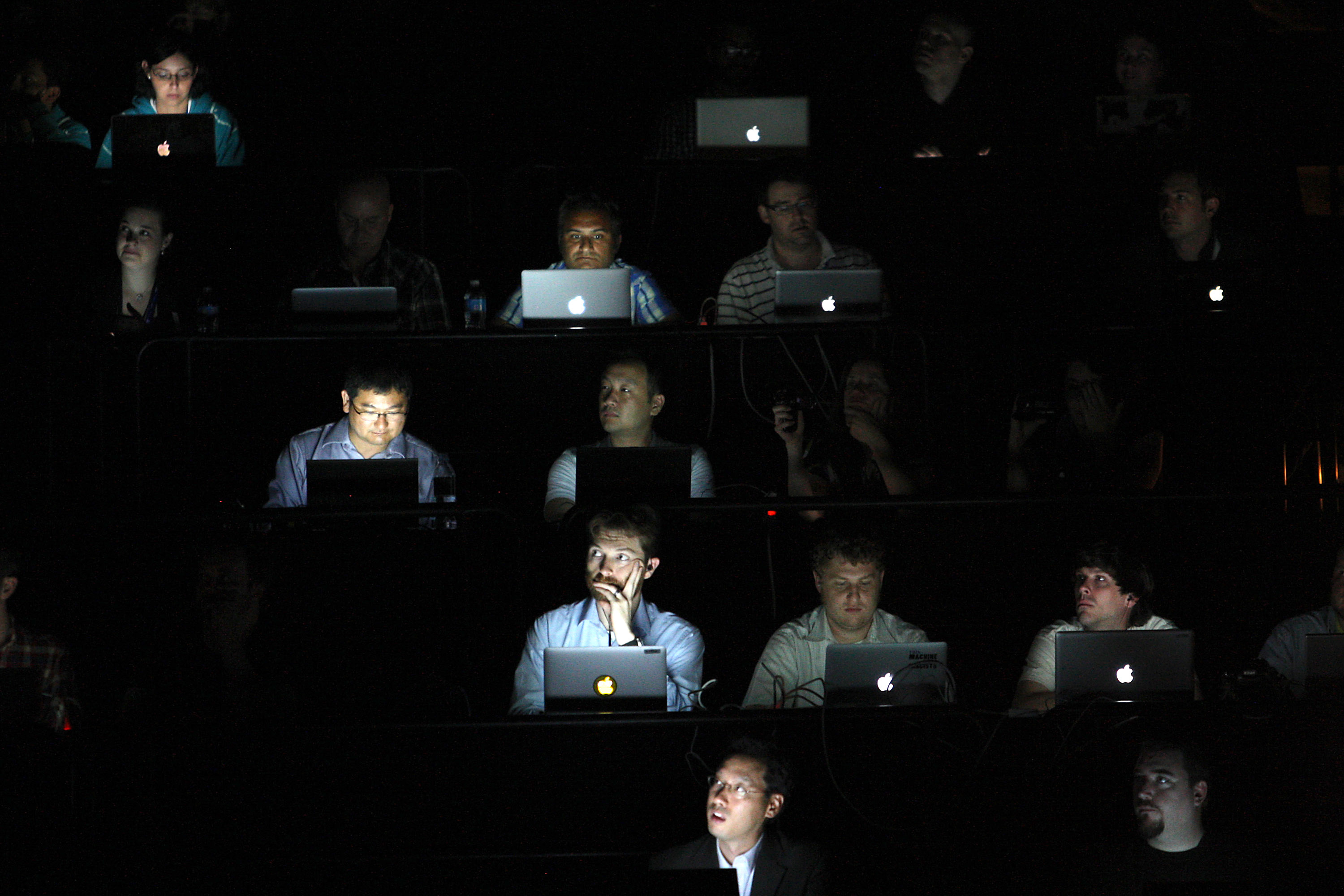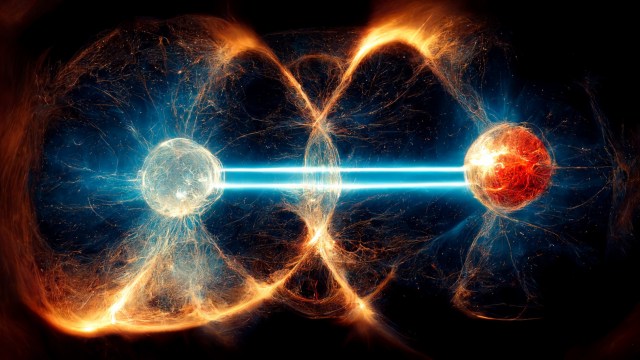Negative, emotionally manipulative news headlines have skyrocketed since 2000
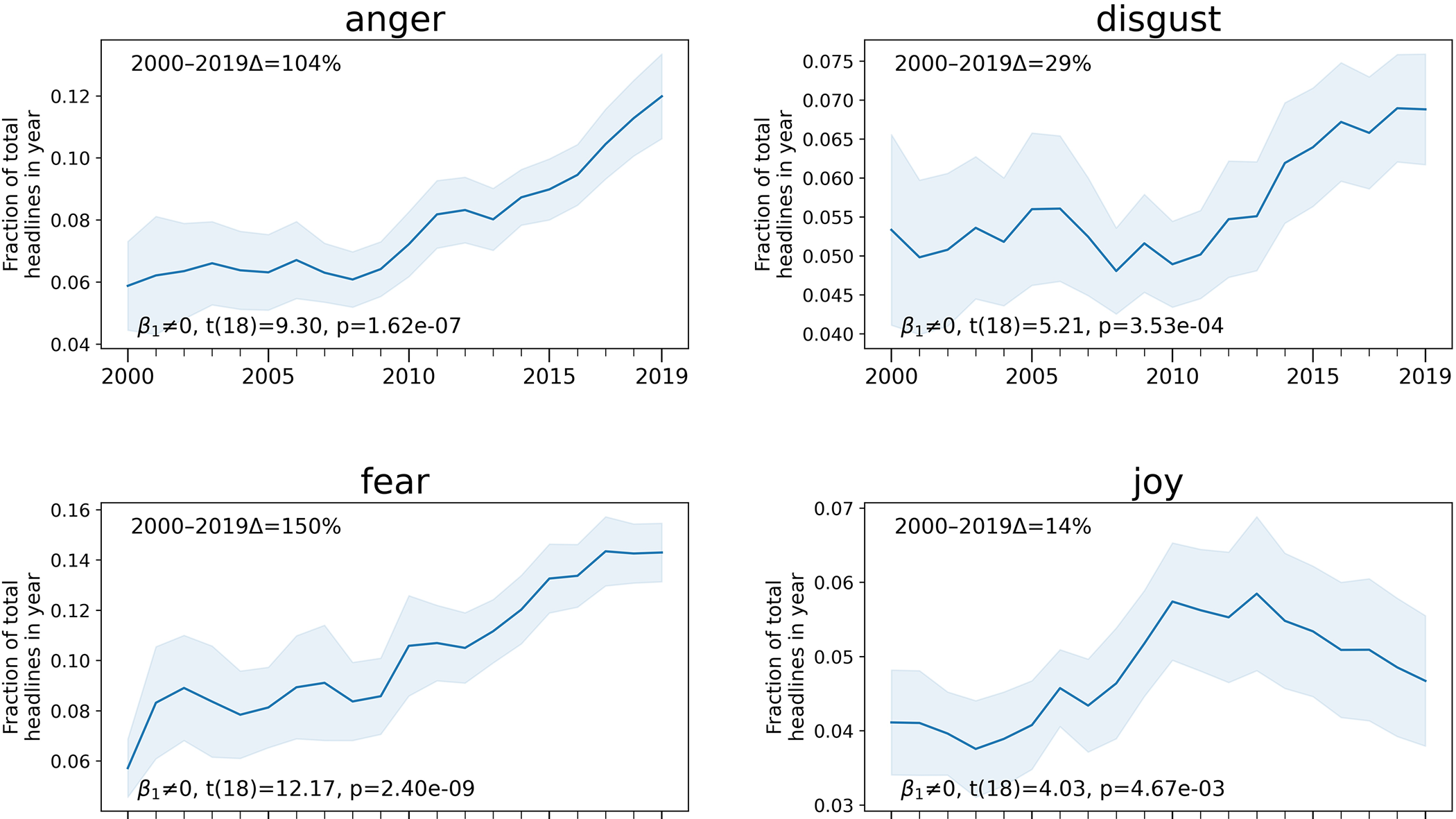
- Media headlines have grown remarkably negative over the past two decades, according to an analysis just published in PLoS ONE.
- Headlines denoting anger have increased 104% since the year 2000. Headlines featuring fear (+150%), disgust (29%), and sadness (+54%) have also soared.
- Negative, emotionally-arousing headlines attract more clicks and attention than positive or neutral headlines, creating a perverse incentive for news media to spread gloomy content.
Between 2001 and 2020, the cancer death rate in the U.S. fell 27 percent. Crime in America also decreased slightly over that time (before spiking in 2020). And, despite an uptick during the Great Recession, the poverty rate in 2000 and 2020 were about the same. Numerous other indicators back public intellectual Steven Pinker’s assertion that living conditions in the U.S., and the world as a whole, have steadily improved.
Indeed, global society is progressing — but you’d never know it from reading the news. As an analysis just published in PLoS ONE starkly reveals, media headlines have grown remarkably negative over the past two decades.
The methodology
A trio of New Zealand researchers utilized a “Transformer” neural network to analyze the emotional sentiment of 23 million Internet headlines published by 47 of the most popular news media outlets in the U.S. between 2000 and 2019. The websites were sourced from the AllSides Media Bias Chart, which categorizes popular media sources by ideology. The sites represent a cross-section of American political views, from the extreme left to the extreme right and everything in between.
According to the neural network, an example of a strongly positive headline was: “The Best Movies and TV Shows New to Netflix, Amazon, and More in 2019.” An example of a strongly negative headline was: “Warning of Fictitious Election Results Online.”
So what did the analysis find?
Debbie Downers
“The percentage change in the average sentiment of headlines from the year 2000 to the year 2019 is -314%,” the researchers reported. On average, news headlines in 2000 had a slightly positive sentiment. In 2010, the average turned negative. Sentiment then dropped sharply in 2013, kicking off a downturn that persisted through the end of the study period.
The trend toward negativity played out across the ideological spectrum. Right-leaning, left-leaning, and centrist media outlets all blared more pessimistic headlines in 2019 compared to 2000.
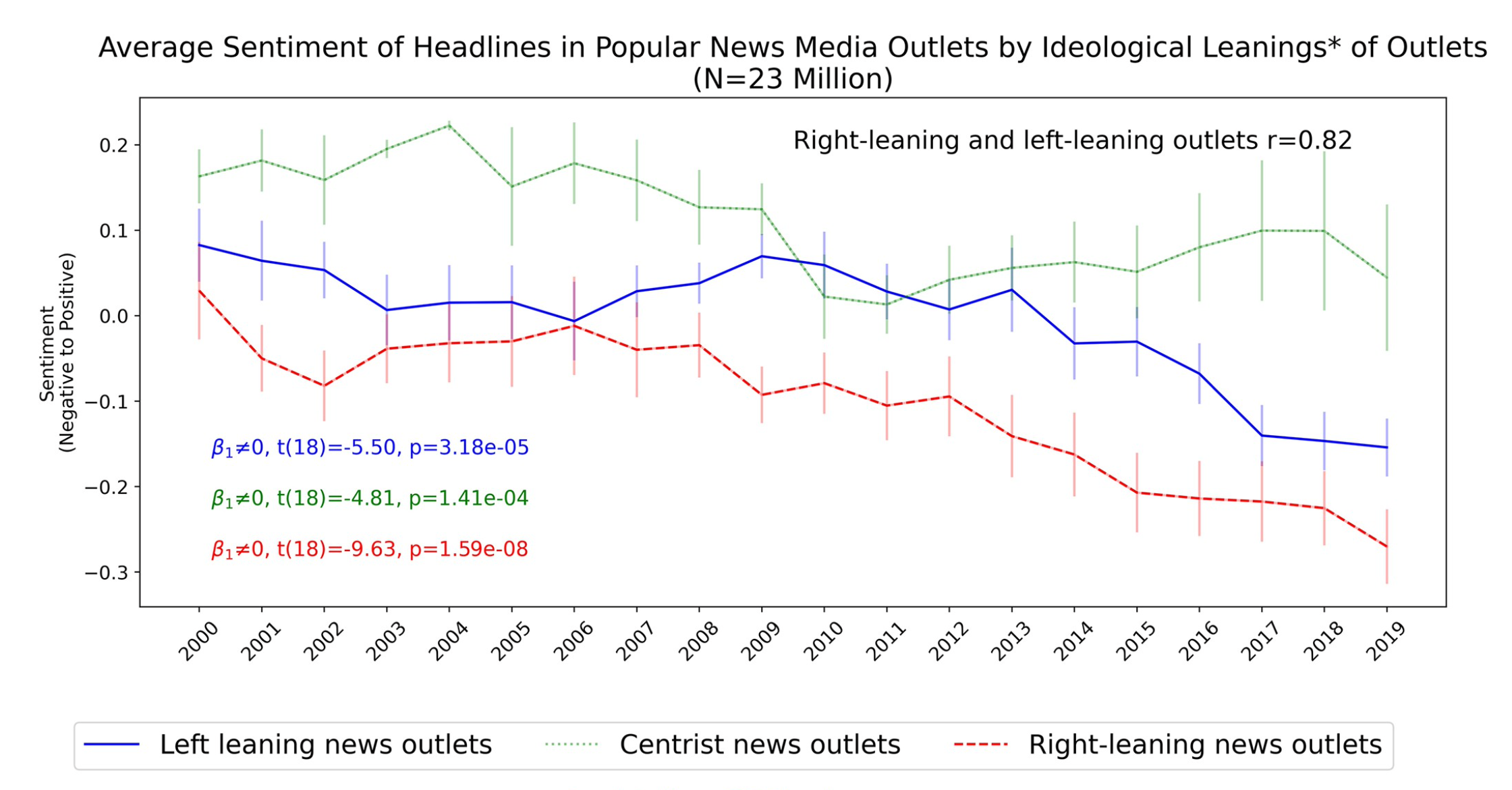
The neural network also detected drastic increases in specific negative emotions over the study period.
“An increase of 104% in the prevalence of headlines denoting anger since the year 2000 is apparent,” the researchers reported. “There are also substantial increases in the prevalence of headlines denoting fear (+150%), disgust (29%), and sadness (+54%).”
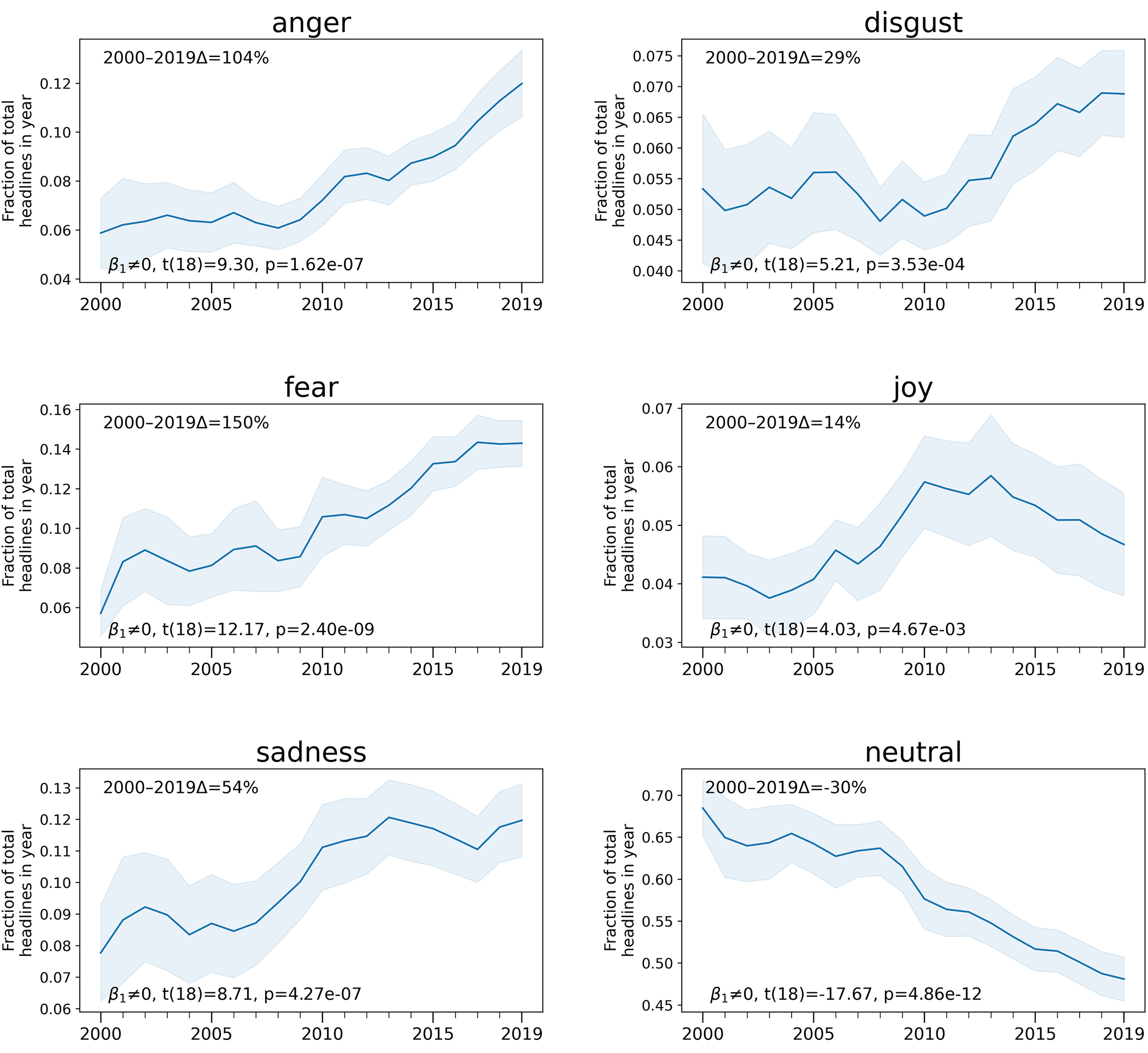
What explains these gloomy changes? It’s possible that Americans have developed increasingly bleak views of the world since the dawn of the 21st century, and this is merely reflected in the media. A more nefarious explanation seems more likely, however. User-tracking technology and metrics to measure content reach grew in sophistication and prevalence throughout the 2010s, and these tools revealed that negative, emotionally-arousing headlines attract more clicks and attention than positive or neutral headlines.
“Thus, a perverse incentive might have emerged in which news outlets, judging by the larger reach/popularity of their articles with negative/emotional headlines, started to drift towards increasing usage of negative sentiment/emotions in their headlines,” the researchers theorize.
As a result, we now experience a stress-causing, outrage-inducing, fear-invoking media status quo.



